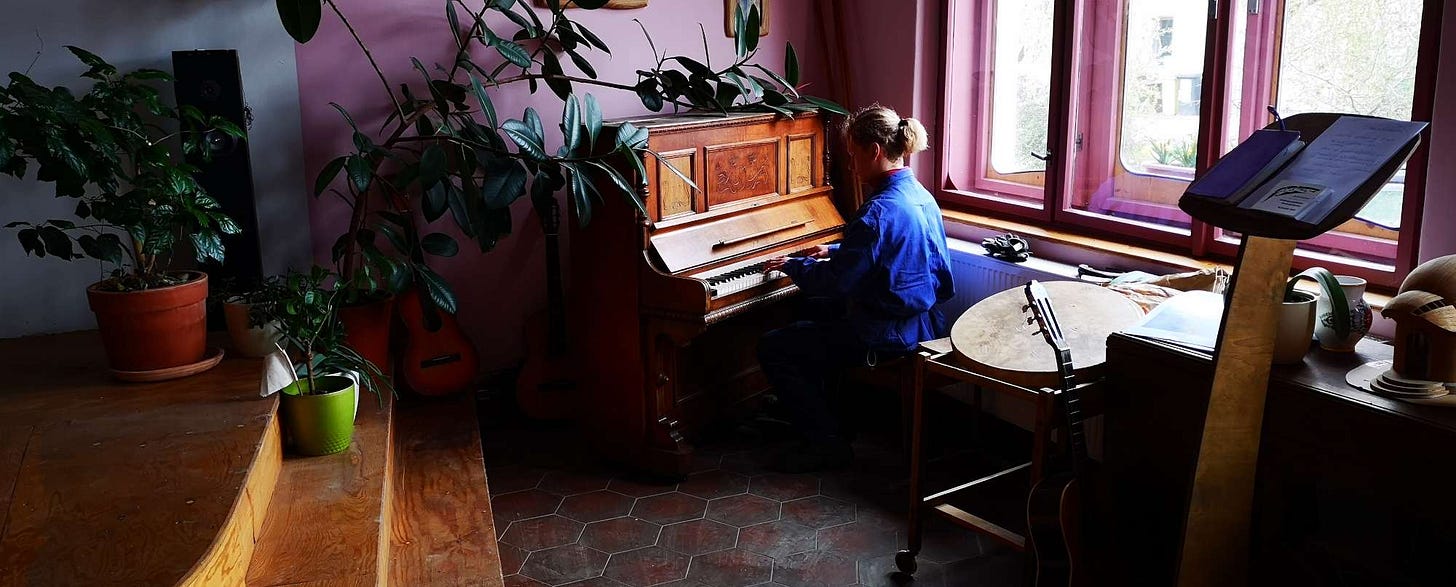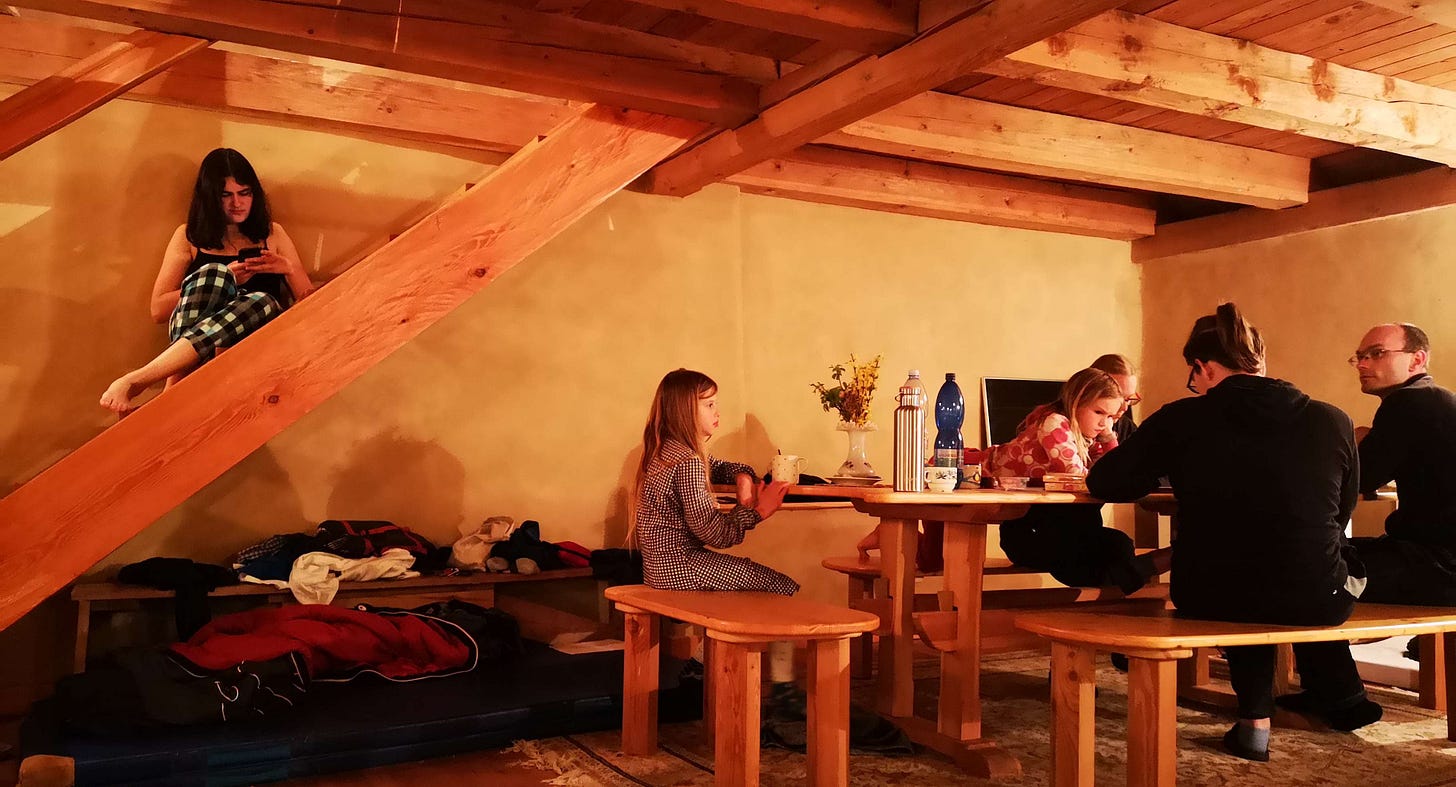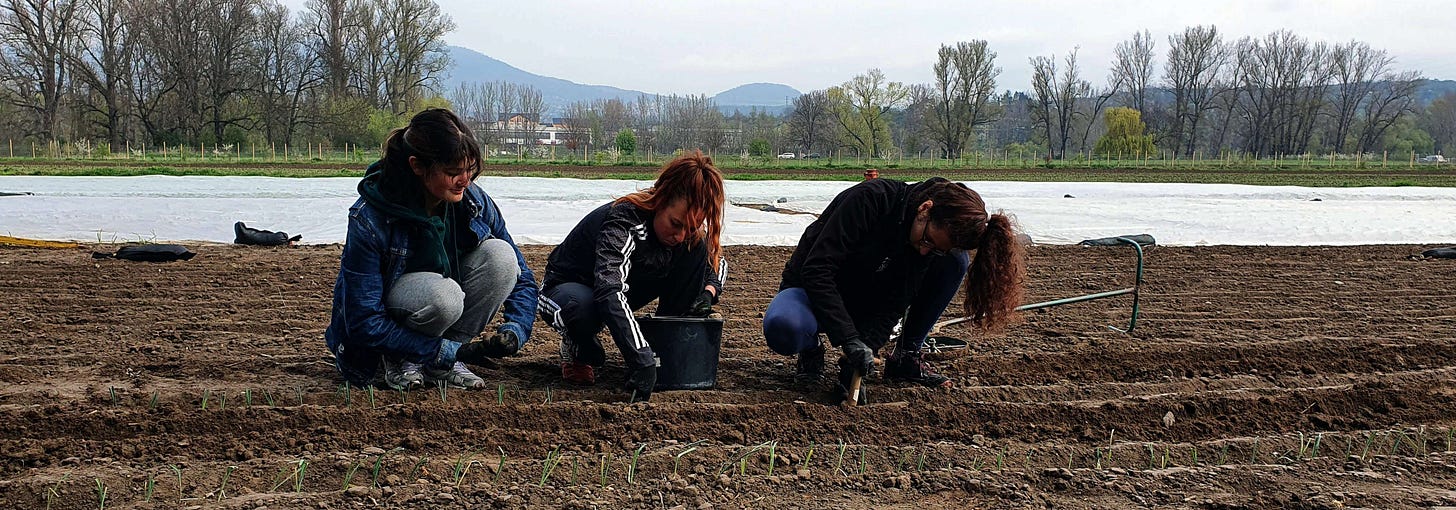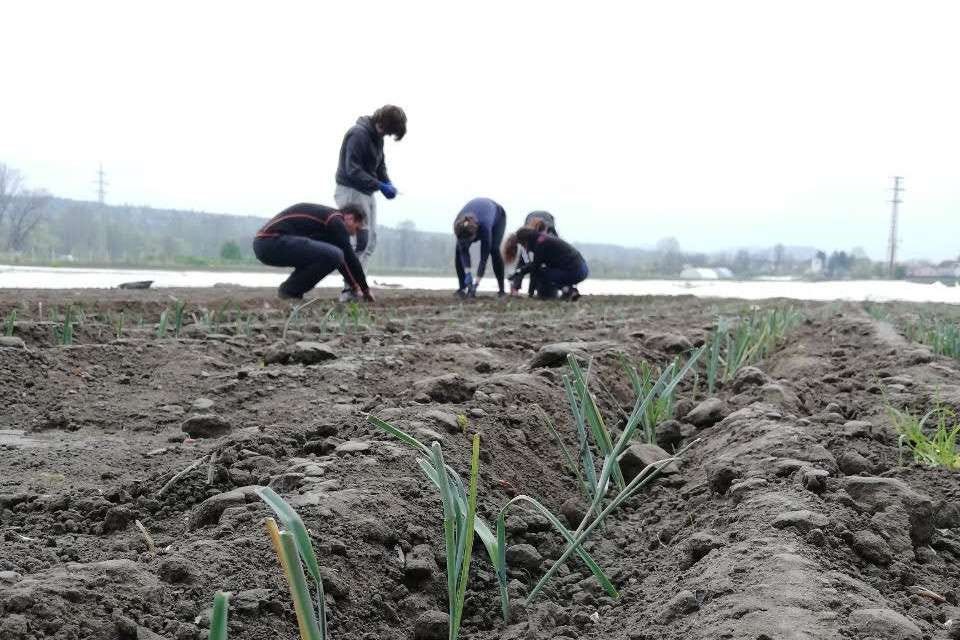Keeping the Aikido Fire Alive
We All—Young And Old Alike—Either Need Care Or Can Practice Giving It
Hello everybody!
Yes, this is yet another article about teens, and you might ask, “Why again when there are almost no teens in Aikido nowadays?” And that’s exactly why we need to address it!
If you prefer other Aikido topics, I promise: in January we’ll switch to other themes, maybe even adding more authors here. So please, stay with us. You can write in comments what you’re interested in.
In my previous articles, How to Keep Youth in Aikido and 4 Key Principles for Teaching Teenagers, I argued for creating separate teenage groups in Aikido dojos with approaches tailored to their needs.
I simply believe that teens are the most important age group for Aikido growth:
They’re inspiring, open, full of potential - and we need that so much!
They’re great in helping with children's classes - mostly because they understand children and children resonate with them.
When they become young adults, they bring fresh energy to adult classes.
In the future, they can grow up into interesting Aikido teachers (hand on heart, most of the notable teachers around started with Aikido as teenagers).
This article is a case study that shows all the points mentioned in the previous articles. I will give you a story that changed our dojo and our way of running it.
[If you want to add emotions to your reading, play some music. Don´t know what to play? Try “Corflake Girl” by Tori Amos. Let’s begin here.]
Prelude: the COVID lockdowns
We started our separate classes for teenagers in September 2019. It was just an experiment and in COVID time, things started to be more complicated than expected.
A lot of dojos in the Czech Republic (and across the world) lost loads of their young students during the COVID lockdowns… while the numbers of our teenage students grew in that period. How was it possible?
As soon as the first lockdown hit in spring 2020, we introduced online classes for all age groups, practiced outside whenever possible, and organized events in the summer. In our dojo, we created two separate rooms with tatami so that we could practice in two groups when there was a limit of 8, 10, or 12 people in training groups. I’m sure we did everything we could and a lot of other dojos did the same. And yet, it was not enough.
[Imagine you’re a teenager, locked in your room. Put a depressing album on; “Back to black” by Amy Winehouse, “Disintegration” by The Cure, or Mozart’s “Requiem” will do. Play the album between the four empty walls for the next 46 weeks. That should create the proper mood to understand the next lines.]

In the darkness
In the middle of winter 2021, Pavel, our fantastic teen group teacher, pointed out something troubling: he could see the spark of his students fading from their eyes, week by week. He was right, and it wasn’t hard to understand why.
Just imagine, in Czechia we had the longest school closures in the EU. Some kids couldn’t go to school for 46 weeks (!) during the years 2020 and 20211.
And teenagers were hit the worst. During the tough lockdowns, adults still had their work and colleagues, and children were looked after by their parents and grandparents. But teenagers were mostly left to their own devices, at a stage in life when they needed their peers the most. A hell on earth for young and sensitive human souls. I’m still angry when I remember how the whole society let them down.
[Play some punk, no matter what kind. You don’t know any? Go for “London Calling” by The Clash. No future, boys and girls!]
Light at the End of the Tunnel
So when Pavel noticed they were losing their fire, we knew we had to do something about it. The first thing we did was an informal online chat, where we talked about f*ck ups of our teenage time. To cheer the youngsters up, to give them spicy stories they wouldn’t expect from their serious teachers. Well, once we were also young and not always smart. But we knew more Zoom sessions weren't going to save the day. We thought it over a little more.
Of course, all group sports activities, including Aikido, were banned. But work was allowed. So we took the whole group of teenagers to our friend’s organic farm. It was not a sports event, we all were legit volunteer workers in agriculture.
For several days we were digging in the soil, touching plants, enjoying the fresh air, even swimming in a strong, cold river. Who said that Budo and agriculture are the same? So we also practiced with weapons in the fields. In the evenings, we talked, read books, and played music under the huge wooden roof of the attic where we were staying.
With mud on our hands, the vast sky above us, hard work, tasty food, and time together… trust in life and light in the eyes were restored.
When we returned to Prague, we established regular weapon classes in a forest. You can guess if it was allowed at that time. After some weeks, at the end of spring, we returned to the dojo.
The Life Goes On
What we did was entirely intuitive—there were no textbooks for handling circumstances like these. We were simply creative, we tuned in and took care.
[Time to change tune again. Choose a random song from your “Positive attitude” playlist.]
Little did we know that most of the group would stay in Aikido, that some would become young teachers leading children's classes, and that their passion and the light in their eyes would bring so much joy and inspiration to our dojo.
These young people are now studying at universities, stepping into adulthood, and navigating its many challenges. And those who are still in the dojo are already role models for the following generations of our children and teenagers.
Of course, all this is their work and dedication. Me, Pavel, and the other teachers, we couldn’t calculate, predict, or orchestrate something like that.
We just took care when we felt it necessary.
Postlude
I’m not sure there’s a moral to this story—it’s still unfolding. Besides enjoying ourselves, we also learned some practical lessons from the experience and changed quite a few things in our dojo.
But imagine if, instead of all this, we’d told those young people, “Sorry pals, life sucks. Be tough samurais and live through the sh*t as you will. Sports are banned and we, adults, can do nothing about that.”
If you were a teenager, how would you react to such advice?
I hope this story inspires you somehow. Caring for others in the dojo is always a good idea, regardless of age. At the end of the day, we all—young and old alike—either need care or can practice giving it. Also, creativity, playfulness, and thinking out of the box might be useful.
Yesterday, we had our final class with the 13–15-year-olds2 before Christmas. Afterward, we served tea and chocolate on the tatami, sat in a circle, and talked about life. Our story continues.
Good luck with yours!
We keep on supporting our youth
Not very much ‘fun fact’: since COVID, politicians in our country started to reduce the government support of non-competitive sports activities, sometimes to zero. Maybe they just realized that if they could lock down one whole generation for a school year with no public response, they can get away with anything.
We believe that working with youth is fundamental—not just for the dojo, but for the future of society. That’s why we’ve launched a fundraising campaign to support our mission.
If you’d like to explore the project or offer your support, please click below:
Thank you for standing with us!
ChatGPT states that in the years 2020 and 2021, the schools in the Czech Republic were closed for 46 weeks, compared to 16 weeks in Sweden, 19 in Finland, and 28 in France. I was double-checking the data and I realized that it’s difficult to find exact numbers for particular countries, data have different forms and the closures had different parameters. However, an official lockdown summary for the Czech Republic shows that the number 46 weeks seems appropriate for high schools and it’s just huge. Feel free to compare it to your country, if you are interested.
In 2023 we divided our one teenage group into two: 13-15 yo and 15-17 yo. It works better for them because the differences between younger and older teens are huge.







